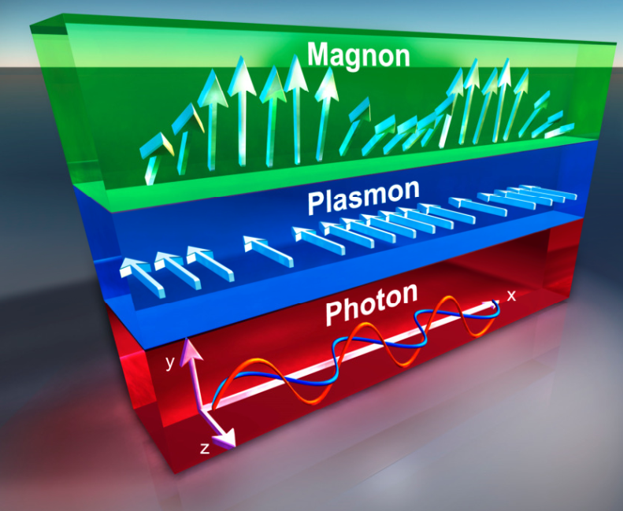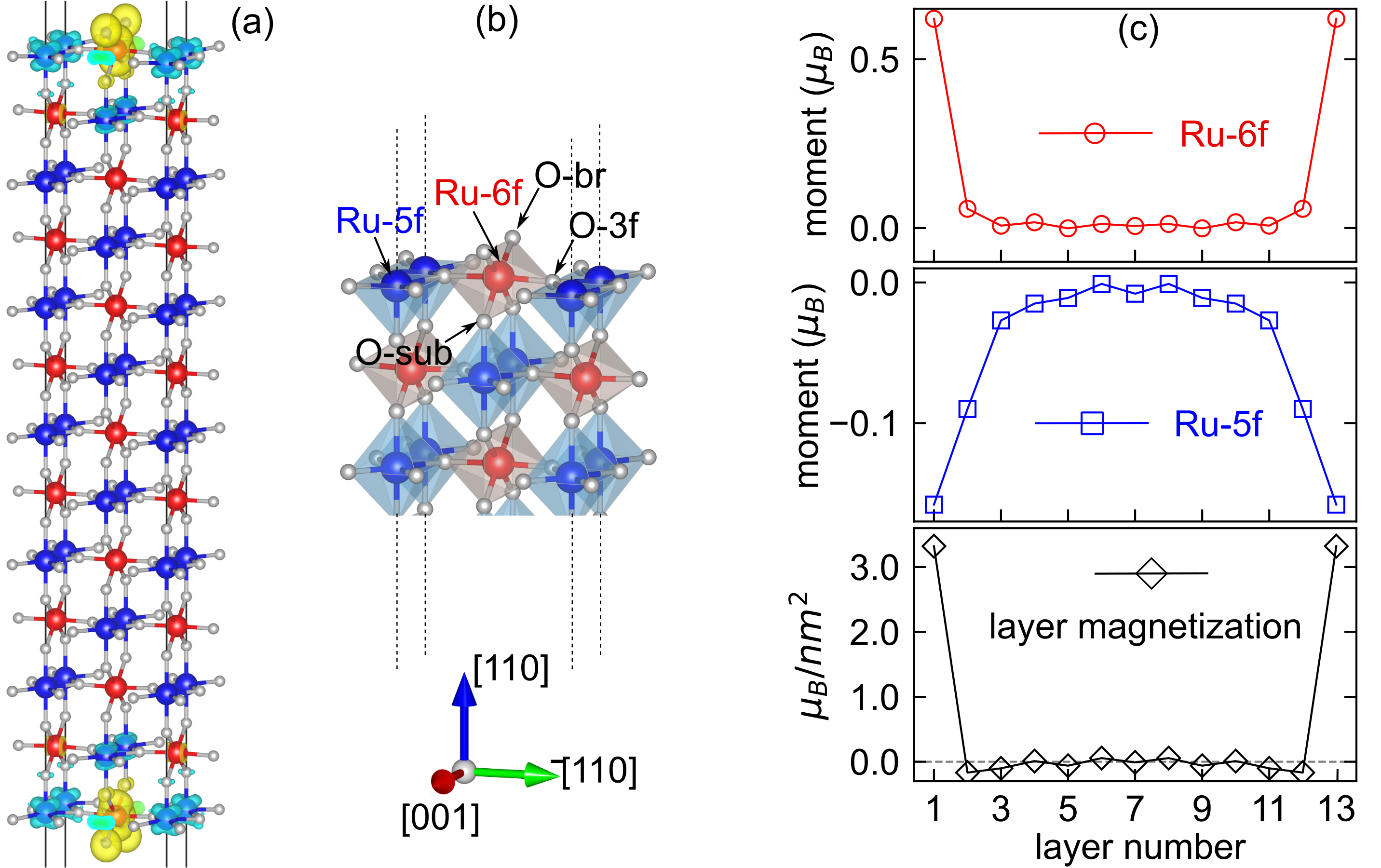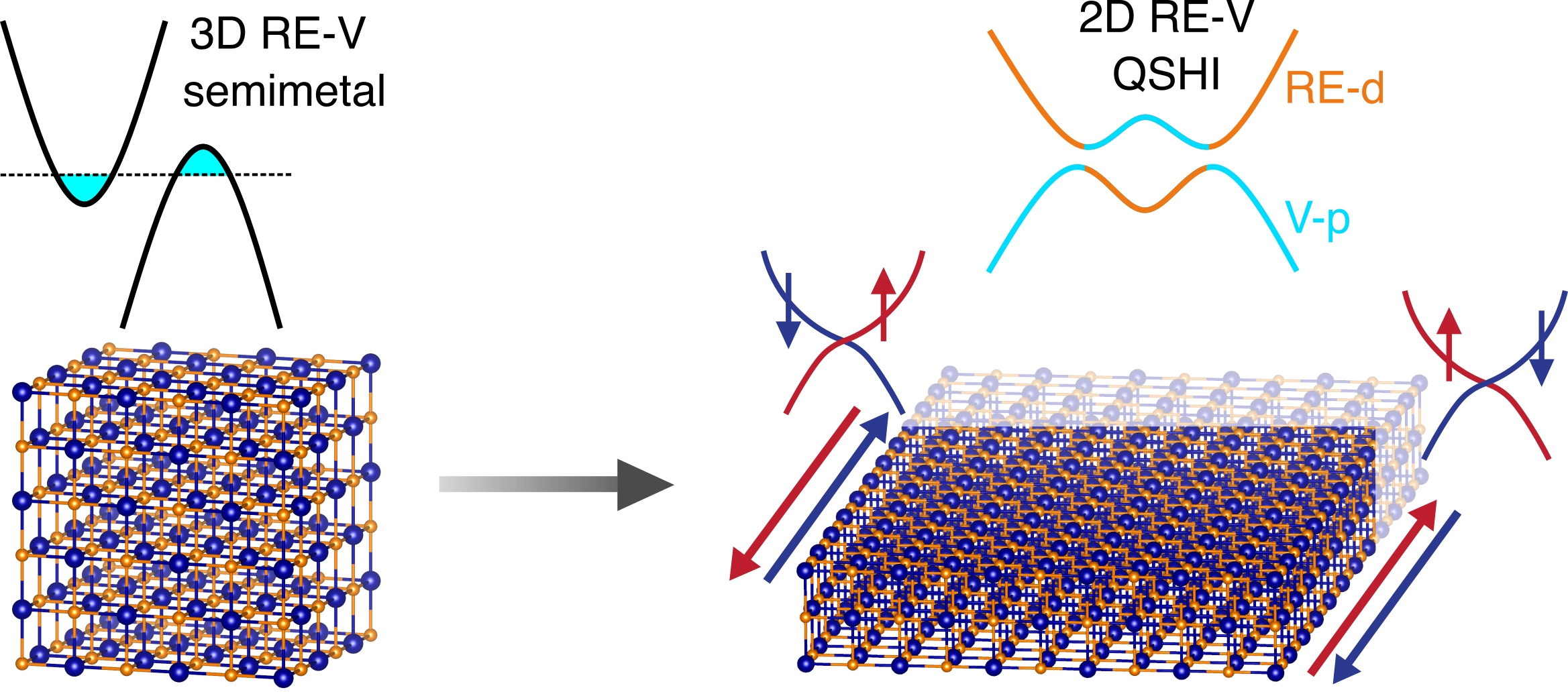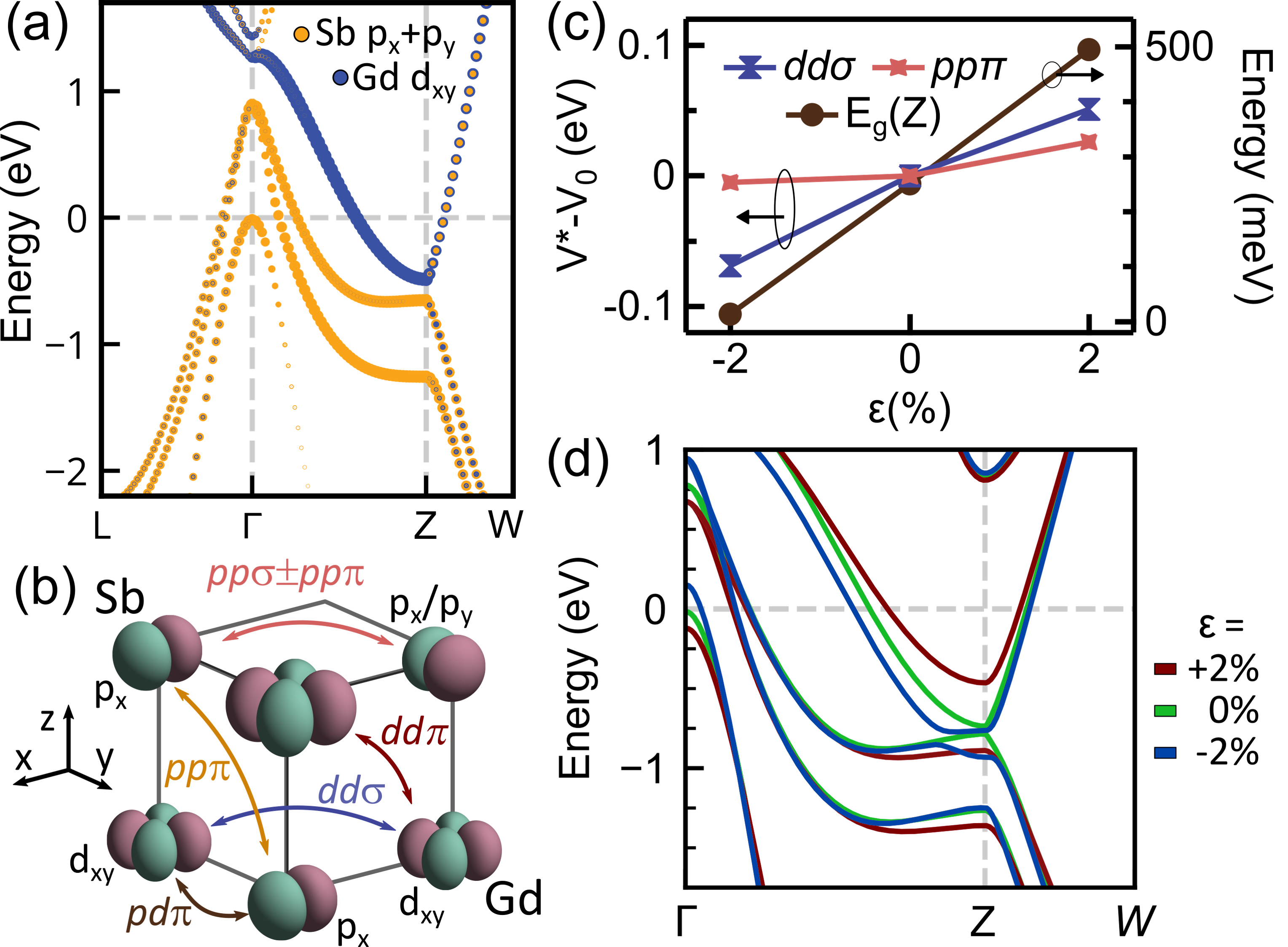I am passionate about exploring the multifaceted properties of quantum materials, with a focus on their structural, electronic, magnetic, optical, and transport characteristics.
My research extends to various intriguing classes of quantum materials, including semiconductors, topological materials, magnetic materials, and two-dimensional (2D) materials.
These materials exhibit a diverse array of properties that hold great potential across a spectrum of applications, ranging from low-power electronic devices to energy-efficient technologies and catalytic processes.
Project 2/ Spontaneous development of surface magnetism in non-magnetic materials
Project 3/ Tuning band topology of rare-earth monopnictides by dimensionality reduction
Project 4/ Tuning band topology of rare-earth monopnictides by epitaxial strain
Project 1/ Controlling spin dynamics in altermagnets by strong coupling

Project 2/ Spontaneous development of surface magnetism in non-magnetic materials

Project 3/ Tuning band topology of rare-earth monopnictides by dimensionality reduction

Project 4/ Tuning band topology of rare-earth monopnictides by epitaxial strain
